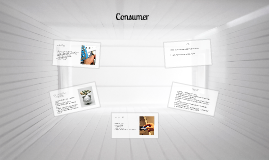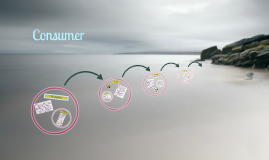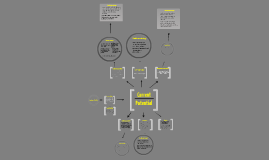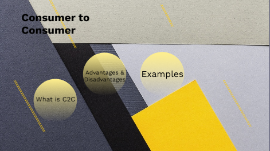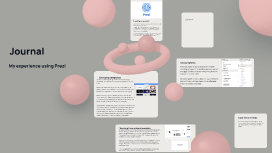Consumer
Transcript: Banking http://www.weseed.com/learn/level1/level1-what-is-a-company/video Tips 1.Save money each payday for emergencies. 2.Understand the terms of the agreement before you accept a loan or credit card. Facts 1.Having good credit is a function of having credit available to you and using it responsibly. If you don’t have or use credit, you may have no credit history at all and if you do, your credit score won’t be as good as someone who consistently demonstrates responsible use of credit over time 2.When you close a credit card account, you may be affecting your “credit utilization.” Credit utilization is simply how much credit you use (balances) compared to how much credit is available to you (credit limits). Closing a credit card account lowers the amount of credit that’s available to you, which may increase your credit utilization percentage if you maintain balances on any of your other credit cards. A higher credit utilization may negatively impact your credit score. 3.When you pull your credit report for your own educational purposes, it’s considered a “soft inquiry” and will not affect your credit score. On the other hand, when a creditor or lender pulls your credit report for the purpose of extending you credit or a loan, it’s a “hard inquiry” and may negatively impact your credit score 4.Your income has nothing to do with your credit score. It’s not reported to the credit bureaus or listed on your credit report. 5.Late payments and other negative information remain on your credit report for seven years from the date of the initial late payment. Bankruptcies typically stick around for 10 years from the bankruptcy filing date. While that black mark may continue to soil your credit report, however, its effect on your credit score will lessen over time. Budgets Tips 1.Every paycheck, put 10% aside for you. This way, you will never spend more than 90% of your income 2.Don't spend more than you make. If you're spending exceeds your income, target areas of profligate spending to make cutbacks. Tips 1.Use the Net to your own advantage. If you bank online, you don’t have to wait until the end of the month to check your statement. You can log in anytime and make sure nothing is amiss. An errant charge is often one of the first signs of identity theft, so check statements carefully and alert your bank immediately of any problems. 2.Trust your gut. You often hear, after consumers used an ATM with a skimming device, they had a bad feeling about it. If you do have that feeling, listen to it and remove yourself from the situation. Saving and Investing Budgets http://bcove.me/h9e5fugj Facts Facts 1. Income. Using the Sample Budget, ask students to think of other sources of income that people other than Sonny might have. (Gifts, dividends, tips, commissions). 2.Expenses. Tell students that it helps to keep a log of monthly expenses to determine their spending habits when starting to budget. They must keep in mind that there are two types of expenses. 3.Fixed expenses – expenses that remain the same each month. Examples of fixed expenses include rent, car payments, insurance, monthly savings plan, etc. 4.Variable expenses – expenses that change each month. Examples are clothing, food, entertainment, etc. 5.Compare expenses to income. When all is said and done, Sonny's cash balance should be zero; that is, income and expenses should be equal. Tips 1.Investment costs should’t take you by surprise. Fees and expenses vary from product to product and can take a huge bite out of your returns. Even small differences in investment costs can translate into large differences in returns over time. 2. Many experts recommend keeping about six months of expenses in a federally insured account to cover sudden unemployment or other emergencies. Consumer Saving and Investing 1.The broad of congress has 7 members, called governors. 2.The five biggest banks hold 95 percent of derivatives: Nearly the entire market in derivatives — the credit instruments that helped blow up some of the nation’s biggest banks as well as mega-insurer AIG — is dominated by just five firms: JP Morgan Chase, Goldman Sachs, Bank of America, Citibank, and Wells Fargo. 3.The four biggest banks issue 50 percent of mortgages and 66 percent of credit cards: Bank of America, JP Morgan Chase, Wells Fargo and Citigroup issue one out of every two mortgages and nearly two out of every three credit cards in America. 4.The 10 biggest banks hold 60 percent of bank assets: In the 1980s, the 10 biggest banks controlled 22 percent of total bank assets. Today, they control 60 percent. 5. Even as the banks plan thousands of layoffs: Banks, including Bank of America, Barclays, Goldman Sachs, and Credit Suisse, are planning to lay off tens of thousands of workers. Facts 1.Long term stocks are predictable. 2.People invest in stock as a profession. 3.Large term profits can be made into larger stock. 4.IPO=1st time company sells stock 5.Beta=measures how much the stock market moves up






